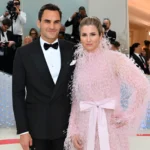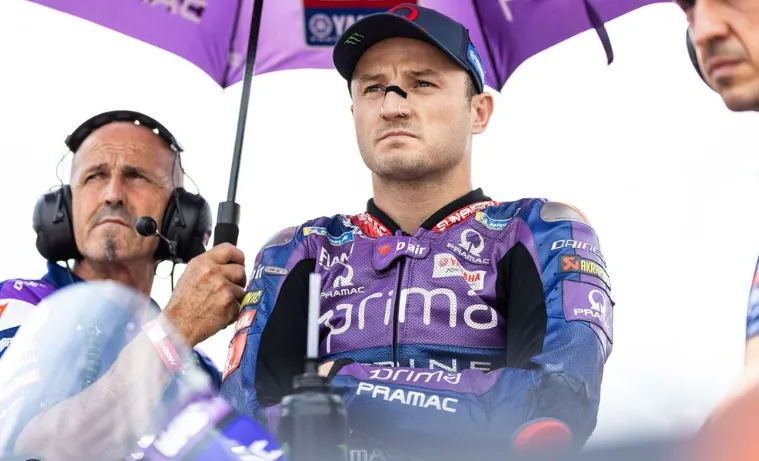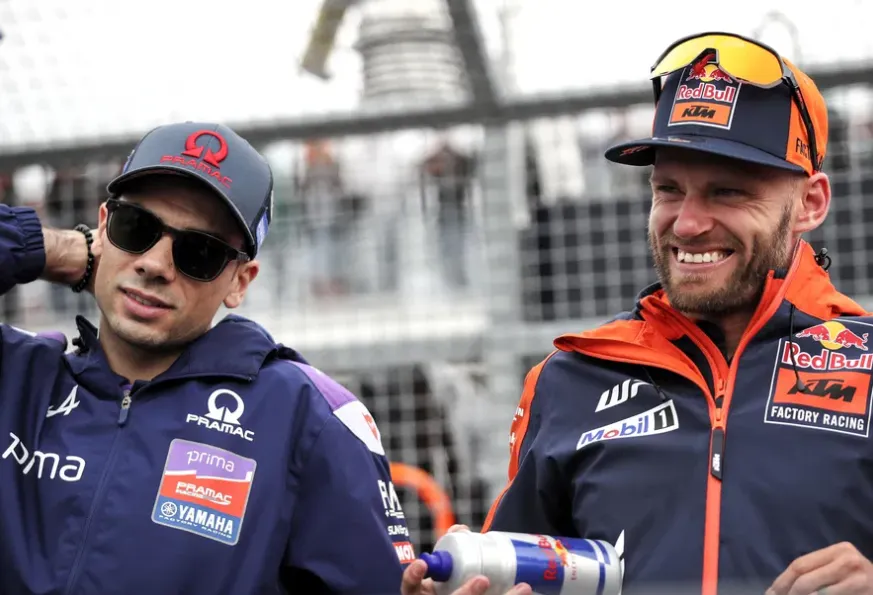
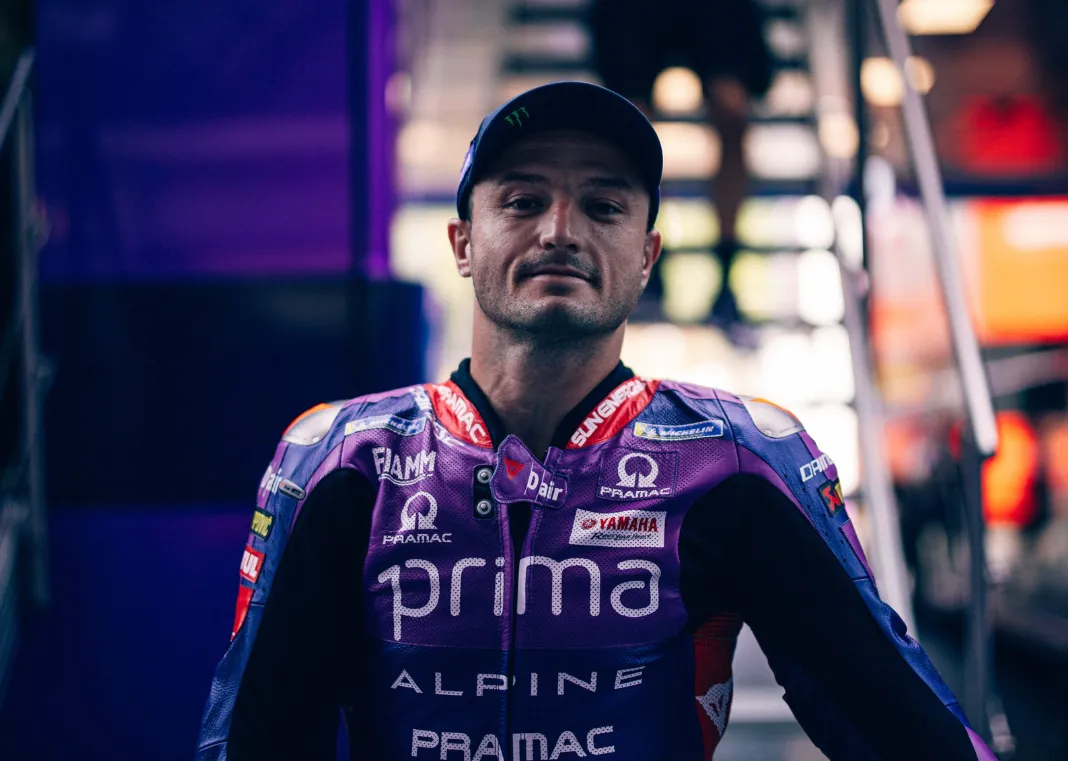
“A Clean Slate for 2026”: Jack Miller Opens Up on Yamaha’s Next Big Step
With a new contract confirmed and the remainder of the current season still to unfold, Jack Miller is already thinking ahead. The Australian rider, who joined Yamaha’s satellite program at a pivotal point in its modern MotoGP history, is set to remain with Prima Pramac Racing Yamaha for the 2026 season. His extension not only secures his own future but also provides Yamaha with an experienced and technically insightful rider to lead the continued evolution of the M1 platform.
For Miller, the mission has always been about two interconnected goals: to be competitive on any given weekend while feeding high-quality technical feedback into Yamaha’s engineering pipeline. With MotoGP constantly evolving — and Yamaha in the middle of a historic shift toward a V4-powered machine — Miller’s role has become more valuable than ever.
Miller Extends Pramac Yamaha Stay
The Australian rider’s decision to continue with Pramac Yamaha came as no surprise. His first season with the team showcased flashes of speed mixed with the inevitable growing pains of adapting to a manufacturer undergoing an aggressive development cycle. Yamaha has been candid about being months behind its European rivals in certain areas, particularly power delivery and corner-exit traction, but the atmosphere within the garage has remained constructive and ambitious.
Miller’s willingness to contribute to this rebuilding phase, rather than chase an easier ride elsewhere, highlights his commitment. For Yamaha, locking in a proven race winner who understands both the politics and the technical intricacies of MotoGP is invaluable. Stability in the rider lineup means engineers can develop without the added challenge of adjusting to a new rider’s style or preferences.
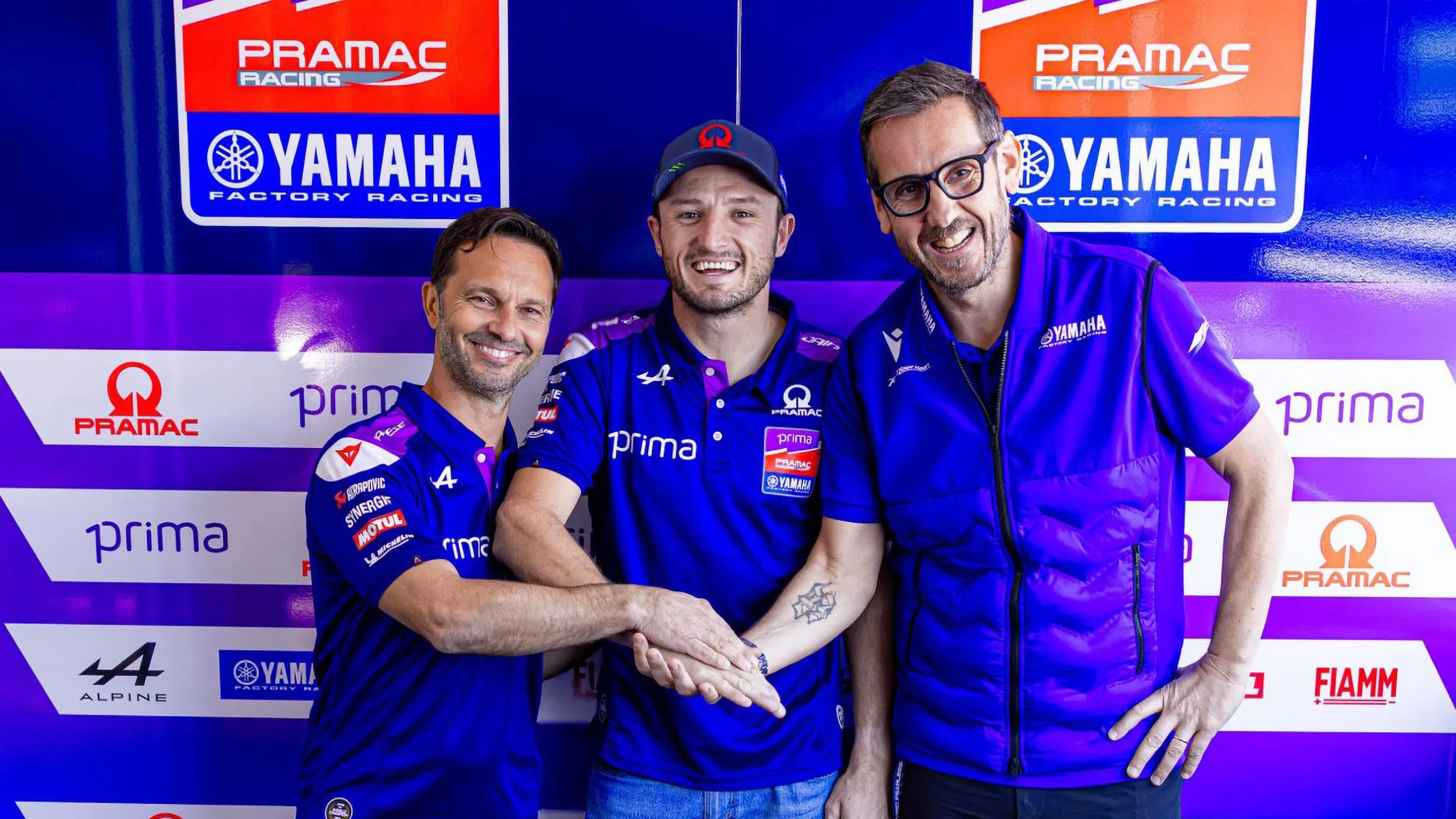
Developing the M1 for the Future
“It is a clean slate going into next year,” Miller said when asked about his mindset for 2026. “Whatever parts we can develop, whether it be electronics or so on, we will try to develop them the best we can across race weekends. Then we can transfer that information over to the new bike. Then, like I said, in the race weekends where we are more competitive, we will try to get inside the points as much as possible.”
This approach mirrors the development philosophy Yamaha has been forced to adopt: progress in parallel. Rather than pausing to focus exclusively on next year’s bike, the current M1 remains a rolling test platform, with updates trickling in, evaluated under race conditions, and eventually feeding the next-generation project. For a manufacturer historically conservative in development, this represents a cultural shift — one that riders like Miller are helping to accelerate.
Using Experience to Guide Yamaha Forward
“I have a broad understanding of a MotoGP motorbike,” Miller explained to MotoGP.com. “I have ridden nearly all of them now. You can pick apart bits and bobs from each brand, and try to deliver them the most clear and insightful information as I possibly can. As a rider, that is what you try to do, but not only that, you push on the days when you can push and get some decent results.”
Few riders on the current grid possess the breadth of technical perspective Miller brings. Having competed on Honda, Ducati, KTM, and now Yamaha machinery, he knows the strengths and weaknesses of each philosophy. This comparative knowledge allows him to provide Yamaha with targeted suggestions, pointing out what elements work better elsewhere and how they might be adapted to fit the unique character of the M1.
Building on Highs and Learning from Lows
“We have had quite a few decent results this year, but we have also had some let-down results,” Miller admitted when reflecting on 2025. “But, to be inside the top five was lovely. We know with this current platform we can be more competitive at some race tracks than others. It is just about being there at the ones where we can.”
This realistic yet positive outlook is crucial. Yamaha is no longer fighting for championships every weekend, but targeted strong performances still matter — both for morale and for data-gathering. Identifying which circuits suit the bike and why provides valuable engineering direction. Moreover, strong one-off results can help keep sponsors, fans, and even factory management engaged during transitional periods.
2025 Still Matters
Looking at the remainder of the 2025 season, Miller’s target remains unchanged: “The target is the same as it has always been: try to collect and understand as much data as I can from this package,” he stated. Every session, every stint, and every adjustment now carries double weight — serving immediate performance goals while shaping the DNA of Yamaha’s future contender.
With Yamaha planning to introduce its V4 engine in 2026, this season effectively serves as a proving ground for electronics, chassis configurations, and operational procedures that will carry over to the new architecture. In this way, Miller’s job extends beyond racing; he is a bridge between Yamaha’s present and its ambitious future.
A Critical Phase for Yamaha’s Revival
Yamaha’s journey back to MotoGP’s front lines will not happen overnight. The last few seasons have been a sobering reminder of how quickly the balance of power can shift in the championship. Once renowned for its smooth corner speed and precise handling, Yamaha’s inline-four M1 found itself increasingly outgunned by Ducati’s acceleration, Aprilia’s balance, and KTM’s agility.
The transition to a V4-powered machine represents not just a technical change but a philosophical one — a rare instance of Yamaha discarding a decades-old competitive identity in favor of a platform it once resisted. In such a context, experienced riders capable of providing structured, actionable feedback become the most valuable assets in the garage.
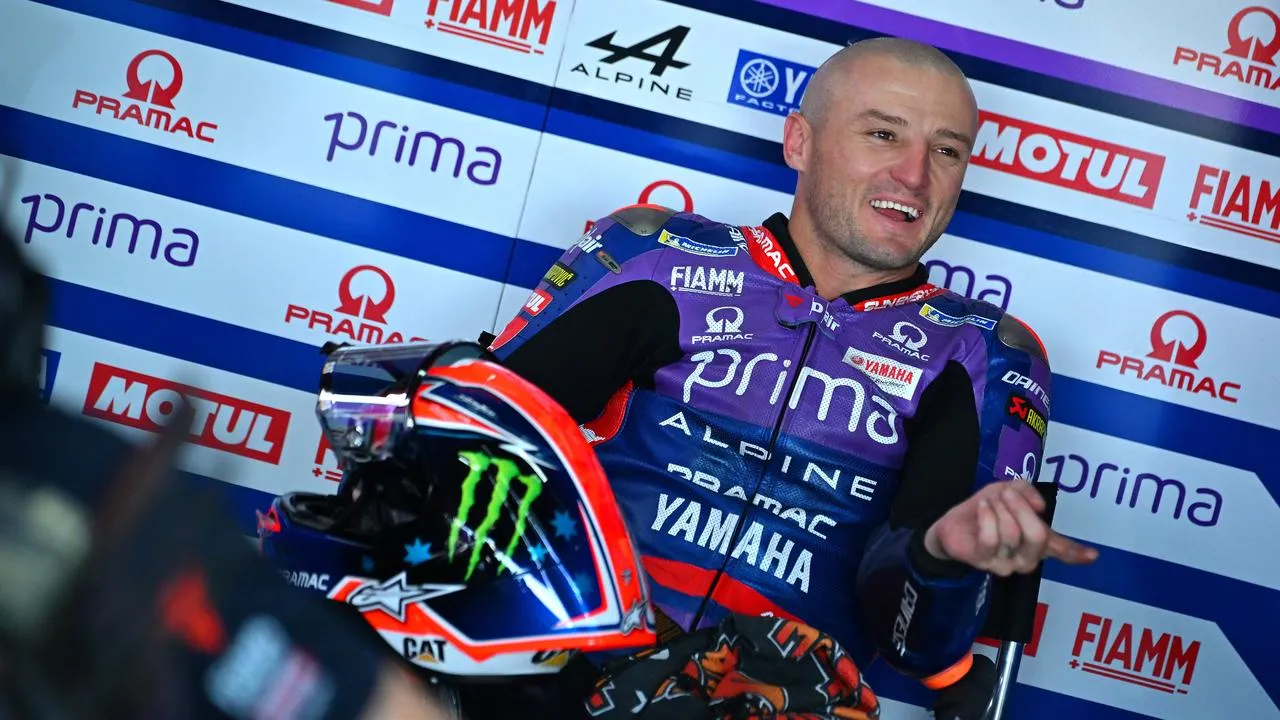
The Veteran’s Influence
Miller’s experience is more than a safety net; it’s an active development tool. His ability to remain calm when results are mediocre keeps the team focused on the larger picture rather than spiraling into reactive decision-making. His humor and approachable personality help maintain a positive working environment — essential when engineers, mechanics, and management are under pressure to close performance gaps in a sport where milliseconds define success.
He is also realistic. Miller does not overpromise; instead, he communicates clearly about what’s possible in the short term and where gains are realistically achievable. This clarity helps Yamaha prioritize its engineering resources effectively.
Looking Ahead to 2026
With stability in the rider lineup, a clearer technical direction, and lessons harvested from a challenging transitional period, Yamaha’s next step is execution. The 2026 V4 M1 will represent years of research, internal debate, and strategic risk-taking. Riders like Miller are not just along for the ride — they are shaping how Yamaha races in the next era of MotoGP.
If the V4 bike delivers on its potential, the work done now — in unglamorous, data-heavy weekends like those happening this season — will be viewed as the foundation of a comeback story. And for Jack Miller, the opportunity to be part of a manufacturer’s revival, not just another entry in the results sheet, could become one of the defining chapters of his career.


